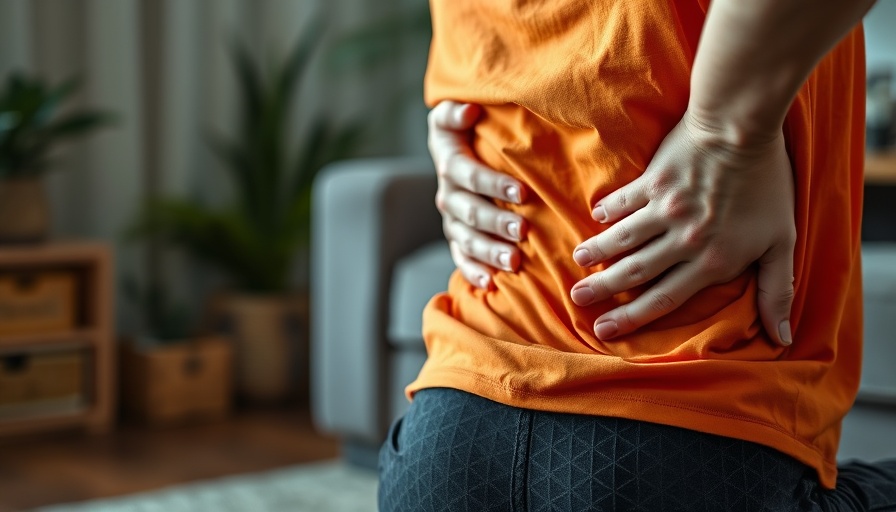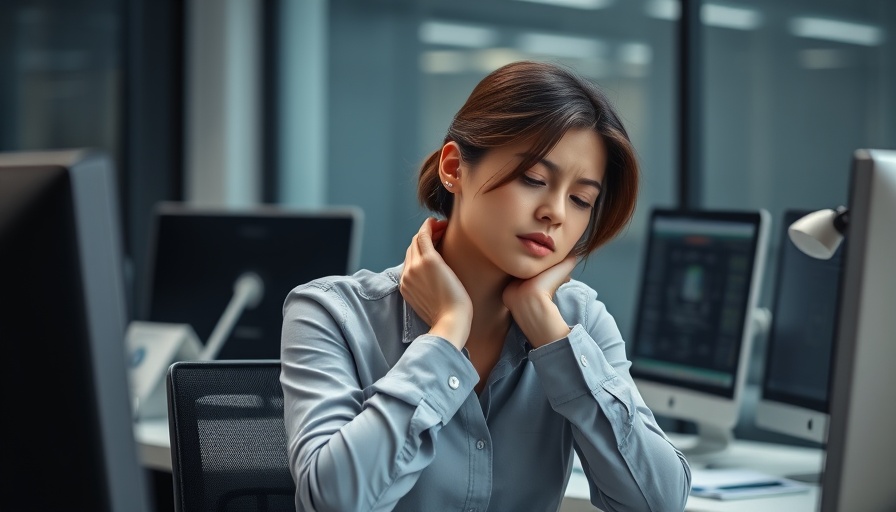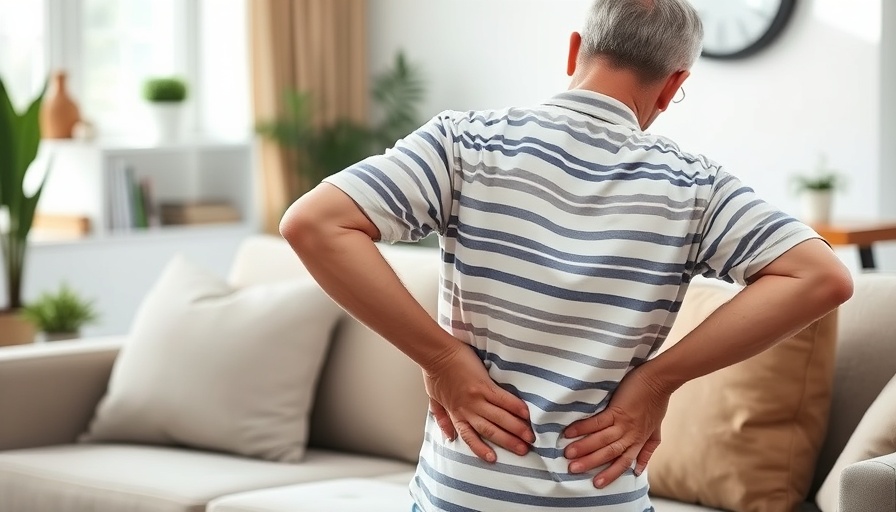
Understanding the Roots of Lower Back Pain
Lower back pain is a common ailment that can significantly affect daily life. For many, especially women aged 35–55 in Southern California, factors such as sedentary lifestyles, extensive desk hours, and frequent travel complicate this issue.
Common causes of lower back pain include poor posture, muscle strain, sciatica, degenerative disc disease, and weak core muscles. It's important to recognize these contributors not only for immediate relief but also for long-term prevention.
Red Flag Symptoms: Knowing When to Seek Help
While mild pain can often be managed at home, certain symptoms warrant immediate attention. If you experience:
- Severe pain following an accident
- Numbness, tingling, or weakness in your legs
- Loss of control over bladder or bowel function
- Unexplained weight loss
- Fever or chills coinciding with back pain
It is crucial to seek medical advice promptly. Each of these symptoms could be indicative of serious conditions that necessitate early diagnosis and treatment.
The Power of Self-Care: Steps to Alleviate Pain
For most individuals, adopting self-care strategies can lead to significant improvements in lower back pain. Here are some methods to consider:
- Correct Your Posture: Align your hips and knees at a right angle and invest in ergonomic supports to maintain spinal health.
- Move Regularly: Taking breaks to stand, walk, or stretch every 30 to 60 minutes can help prevent stiffness.
- Gentle Stretching: Incorporating simple exercises like yoga can enhance flexibility and reduce tension.
- Apply Heat or Ice: Utilize ice for inflammation and heat for muscle relaxation.
- Core Strengthening: Engage in pilates or low-impact workouts to support your back effectively.
The Right Ergonomic Solutions
Investing in high-quality ergonomic products can significantly alleviate comfort issues linked to prolonged sitting. Memory foam cushions and lumbar supports can distribute weight evenly, maintain spinal curves, and actively prevent slouching. These products are vital for:
- Office workers
- Long-distance drivers
- Frequent travelers
- Wheelchair users
- Gamers
By improving your workspace or travel set-up, you can create a healthier environment that reduces the risk of back pain.
Future Trends in Pain Management
As awareness about the perils of poor back health increases, so does the demand for innovative solutions. Technology is emerging with ergonomic tools that are not only functional but also stylish, appealing to a younger audience who values both aesthetics and utility. From sit-stand desks to smart cushions that monitor posture, the future promises exciting developments for back pain relief.
Making Informed Decisions About Your Health
Whether your pain is manageable through self-care or indicative of a more serious issue, understanding your body is critical. If symptoms worsen or new signs arise, do not hesitate to consult a healthcare professional for a thorough evaluation and personalized care plan.
By prioritizing lower back health and implementing preventative strategies, you can significantly improve your quality of life. Don't settle for discomfort — take proactive steps towards a healthier back today!
 Add Row
Add Row  Add
Add 




Write A Comment